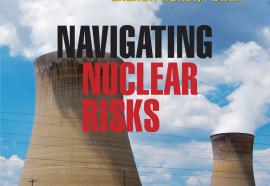Portfolio Primer
How to maximize shareholder value across the enterprise.
How can utility companies ensure investment dollars are being allocated wisely? Asset portfolio management (APM) attempts to capture and analyze the relationships among the drivers of SHV at the portfolio level. It provides management with a well-informed, multi-dimensional picture to help make efficient asset investment decisions that optimize the total enterprise SHV.











